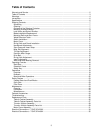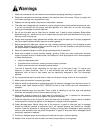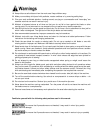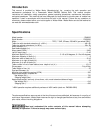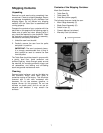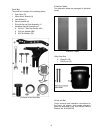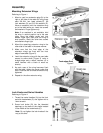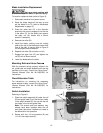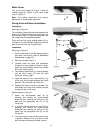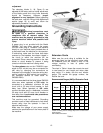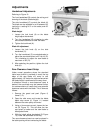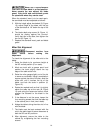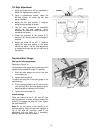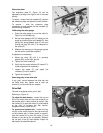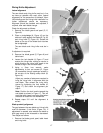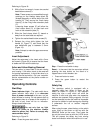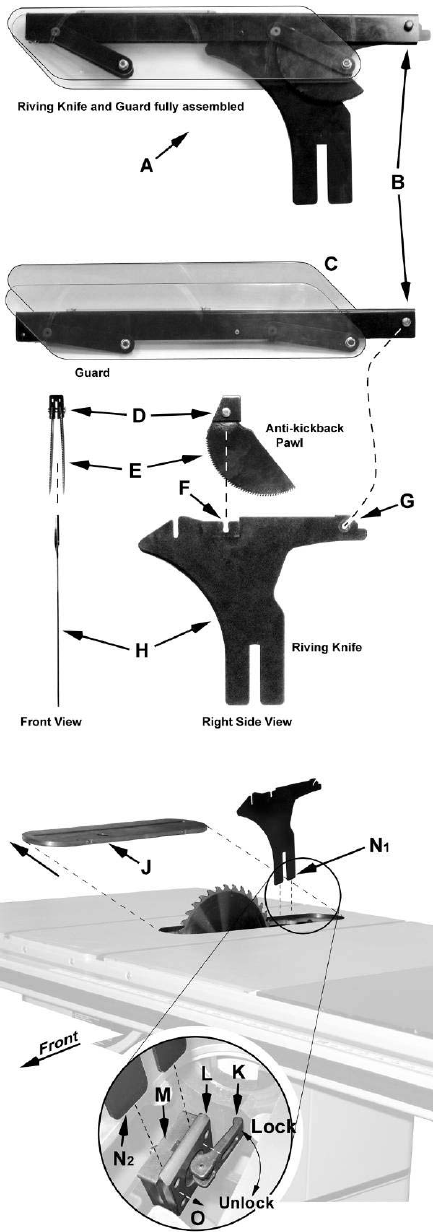
11
Motor Cover
Line up the door hinges (A. Figure 7) with the
cabinet hinges (B, Figure 7) and insert hinge
pins (C, Figure 7).
Note: The locking mechanism may require
adjustment to insure proper alignment.
Riving Knife and Guard Installation
Description
Referring to Figure 8:
The complete riving knife and guard assembly is
shown in A. Before installing onto the saw, the
anti-kickback pawl (E) must be separated from
the riving knife (H) as described below.
Press and hold the quick-release button (D) on
the base of the anti-kickback pawl (E) and lift the
pawl to remove from the riving knife (H).
Installation
Referring to Figure 9:
1. Set the saw blade to the 90 degree position
and raise it all the way (refer to Handwheel
Adjustments on page 13).
2. Remove the table insert (J).
3. Located inside the table and accessible
through the insert opening (Figure 9 inset),
place the quick-release clamp lock handle
(K) in the unlock position.
4. The floating clamp block (L) is spring loaded
and will move away (O) from the fixed
block (M), leaving a gap.
5. Insert the bottom of the riving knife (N
1
, N
2
)
all the way into the gap between the clamp
blocks (L, M), then lock the handle (K).
6. Replace the insert (J) back on the table. The
saw blade and riving knife should protrude
through the slot in the insert.
Referring back to Figure 8:
7. Attach the anti-kickback pawl (E) by
pressing and holding the quick-release
button (D) and inserting the lock pin of the
pawl into the appropriate slot (F) on the
riving knife.
8. In a similar manner attach the guard (C) by
pressing and holding the quick-release
button (B) and inserting the lock pin of the
guard into the appropriate slot (G) on the
riving knife.
9. You should feel a snap as each piece locks
in position. Attempt to lift as a test to make
sure that they are securely locked in place.
Figure 8
Figure 9



